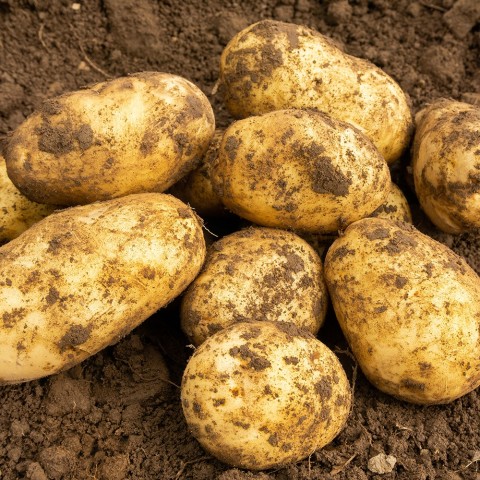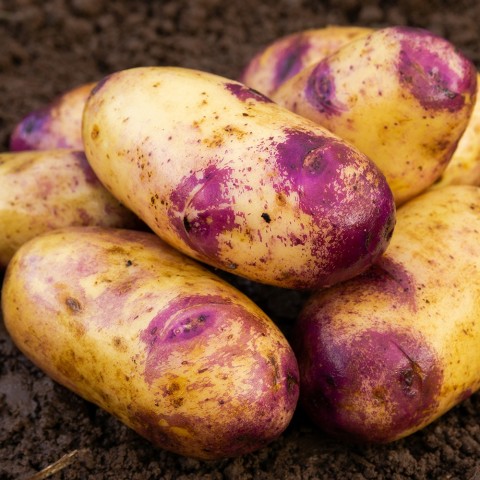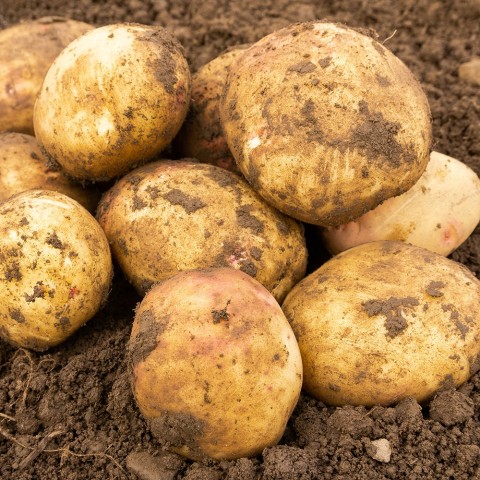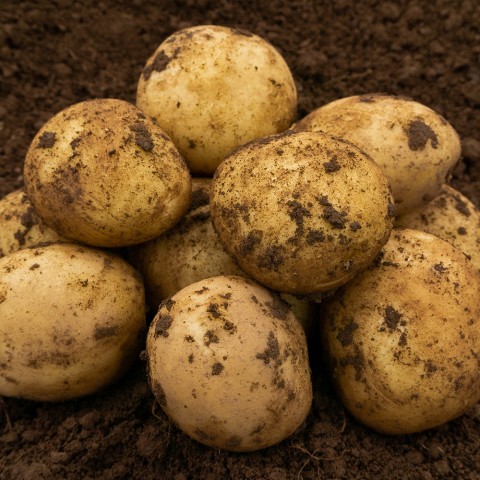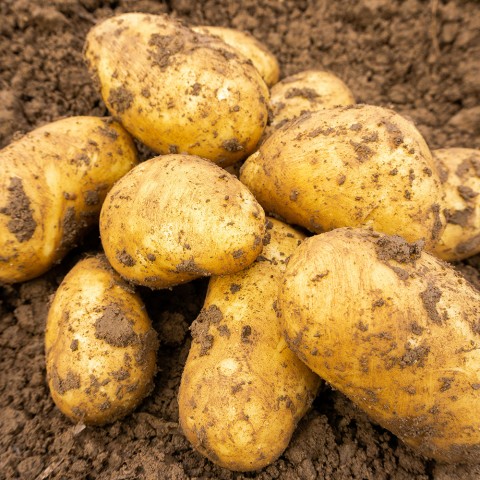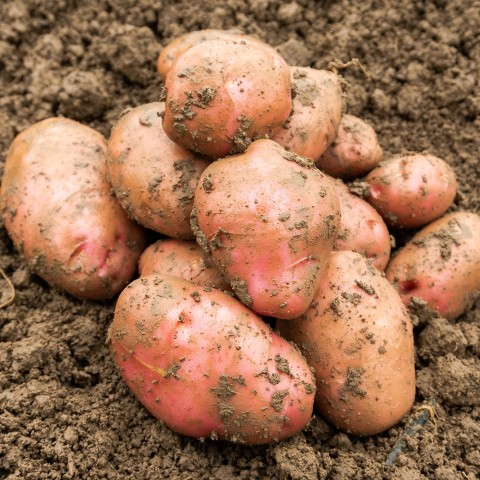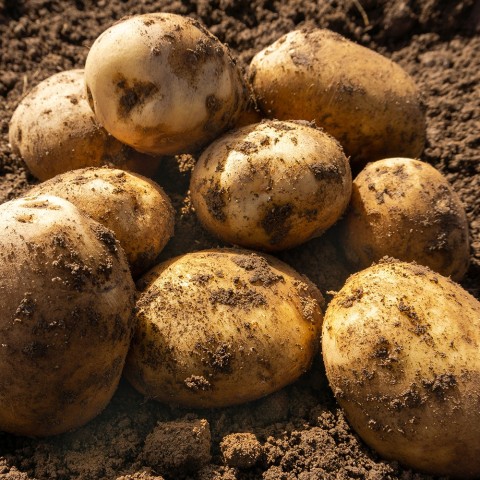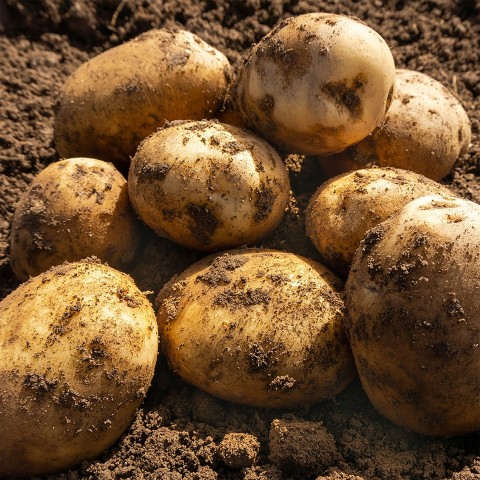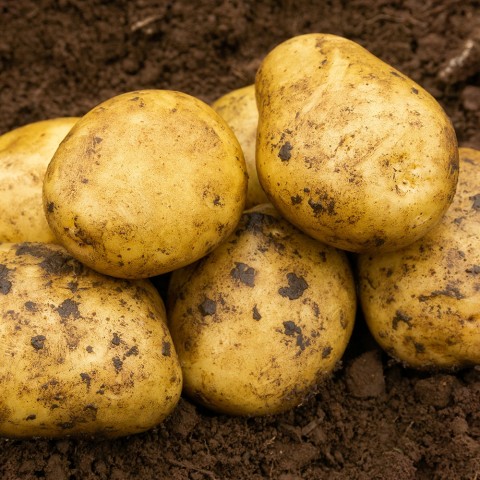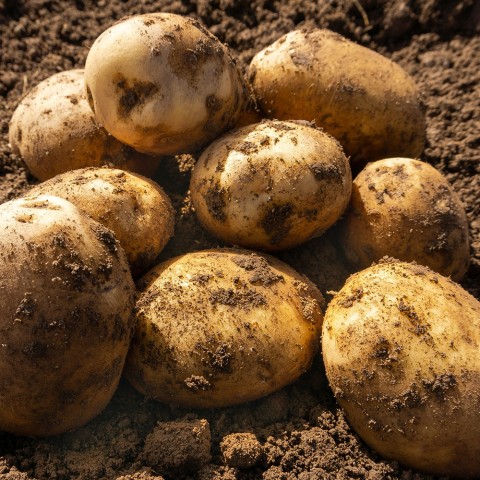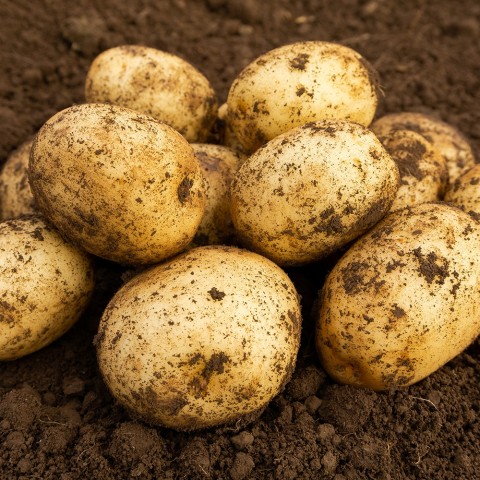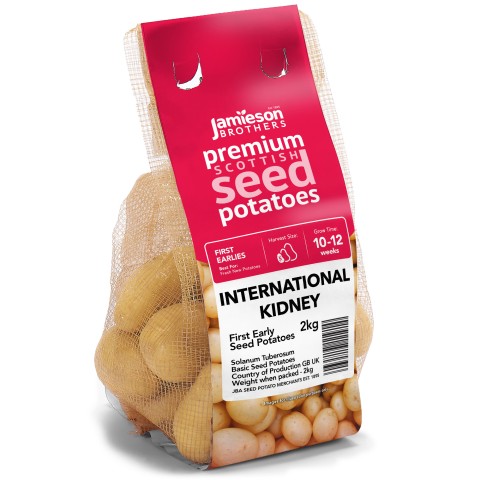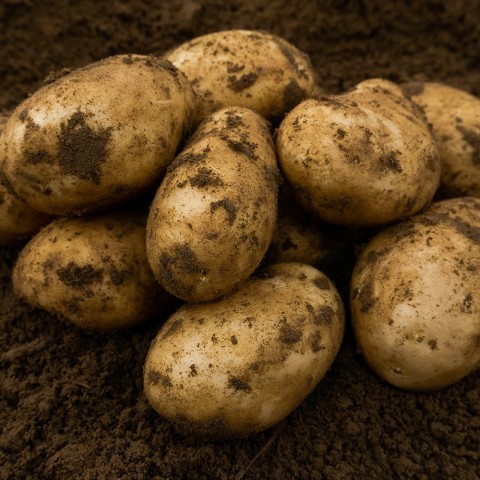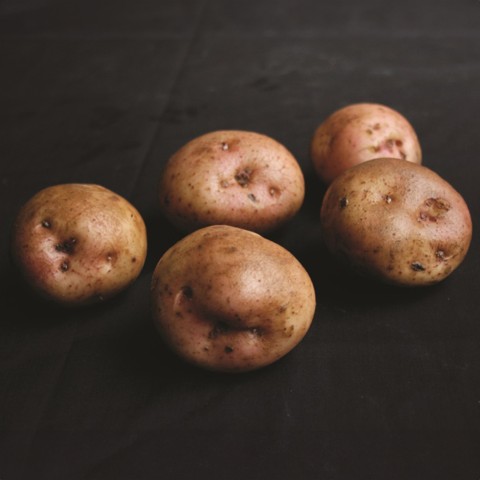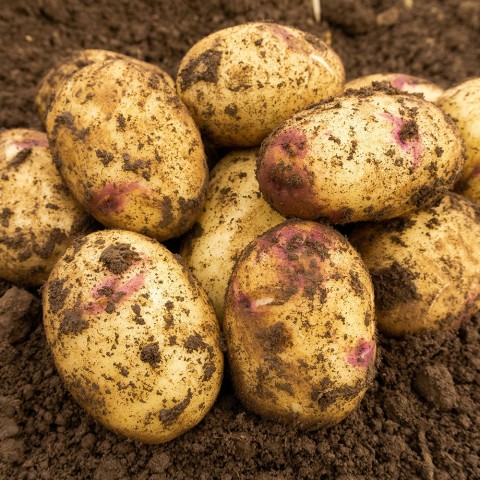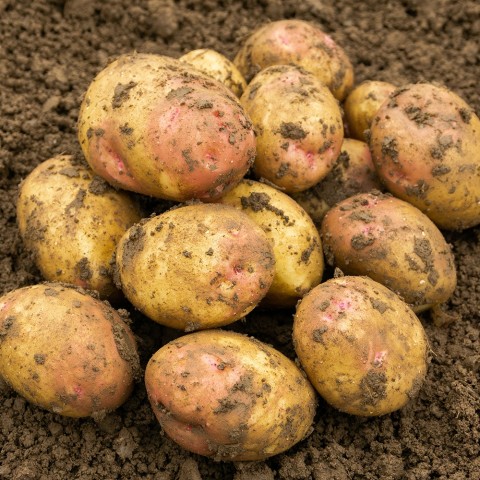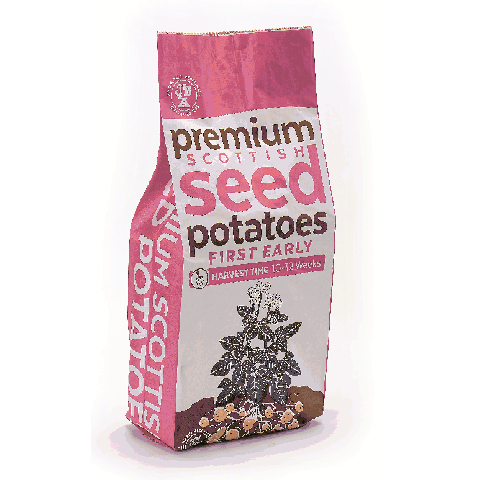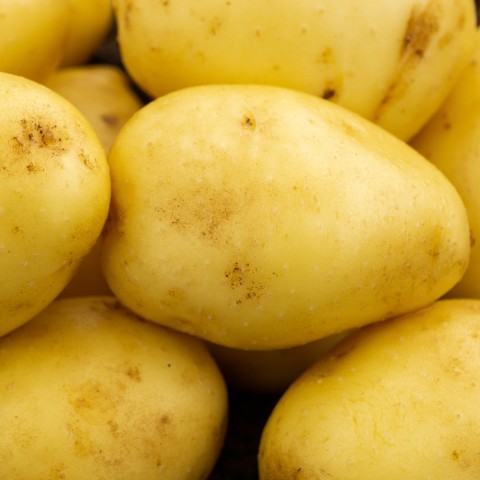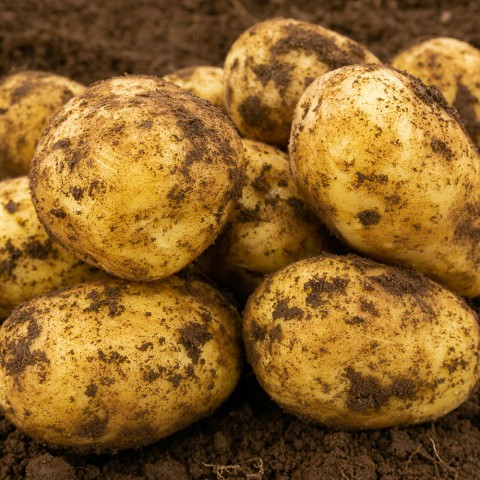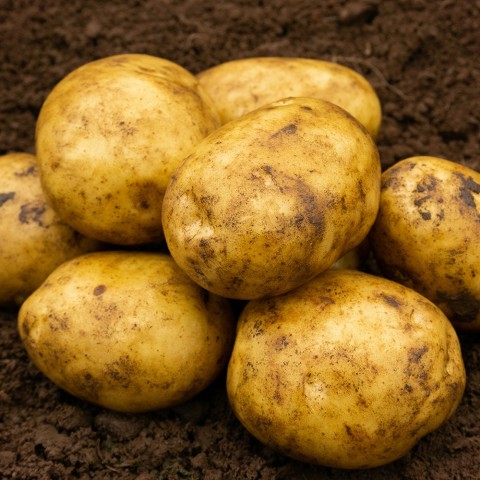![]() Next Day Delivery order by 2pm (Mon-Fri)
Next Day Delivery order by 2pm (Mon-Fri)
![]()
![]() Nationwide coverage
Nationwide coverage
-
Home
- Potato Nutrition & Health Benefits
POTATO NUTRITION & HEALTH BENEFITS
| NUTRITION | POTATOES | RICE | PASTA |
| CALORIES | 116KCAL | 248KCAL | 198KCAL |
| FAT | 0.5g | 2.3g | 1.2g |
These values represent an average 175g serving of boiled new potatoes in their skins. Enjoy all the benefits of potatoes by growing your own super food for you and your family.
When you pick up a potato you’re holding an amazingly nutrient dense food! Calories in potatoes are low, they’re naturally fat-free, bursting with vitamins and minerals, contain absolutely no cholesterol and when served with their skins are a great source of fibre.
Independent nutritionists and dietary researchers recommend potatoes as the perfect base for a balanced diet. Because potatoes are packed full of nutrients for your brain and body, they can make you look, feel and even think great!
| Potatoes (raw) with peel Nutritional value per 100 g (3.5 oz) | ||||||||||||||||||||||||||||||||||
|---|---|---|---|---|---|---|---|---|---|---|---|---|---|---|---|---|---|---|---|---|---|---|---|---|---|---|---|---|---|---|---|---|---|---|
| Energy 80 kcal 320 kJ | ||||||||||||||||||||||||||||||||||
|
||||||||||||||||||||||||||||||||||
Nutritionally, potatoes are best known for their carbohydrate content (approximately 26 grams in a medium potato). The predominant form of this carbohydrate is starch. A small but significant portion of this starch is resistant to digestion by enzymes in the stomach and small intestine, and so reaches the large intestine essentially intact. This resistant starch is considered to have similar physiological effects and health benefits as fiber: it provides bulk, offers protection against colon cancer, improves glucose tolerance and insulin sensitivity, lowers plasma cholesterol and triglyceride concentrations, increases satiety, and possibly even reduces fat storage.
The amount of resistant starch in potatoes depends much on preparation methods. Cooking and then cooling potatoes significantly increases resistant starch. For example, cooked potato starch contains about 7% resistant starch, which increases to about 13% upon cooling
Potatoes contain vitamins and minerals that have been identified as vital to human nutrition. Humans can subsist healthily on a diet of potatoes and milk; the latter supplies Vitamin A and Vitamin D. Amedium potato (150g) with the skin provides 27 mg of vitamin C (45% of the Daily Value (DV)), 620 mg of potassium (18% of DV), 0.2 mg vitamin B6 (10% of DV) and trace amounts of thiamin, riboflavin, folate, niacin, magnesium, phosphorus, iron, and zinc. Moreover, the fiber content of a potato with skin (2 grams) equals that of many whole grain breads, pastas, and cereals. Potatoes also contain an assortment of phytochemicals, such as carotenoids and polyphenols. The notion that “all of the potato’s nutrients” are found in the skin is an urban legend. While the skin does contain approximately half of the total dietary fiber, more than 50% of the nutrients are found within the potato itself. The cooking method used can significantly impact the nutrient availability of the potato.
Almost all the protein content of a potato is contained in a thin layer just under its skin.This is evident when the skin of a boiled potato is carefully peeled; it appears as a yellowish film. For maximum utilisation of this small, but valuable dietary source of protein, potatoes should be consumed whole, or peeled after cooking.
Potatoes are often broadly classified as high on the glycemic index (GI) and so are often excluded from the diets of individuals trying to follow a “low GI” eating regimen. In fact, the GI of potatoes can vary considerably depending on type, origin (where it was grown), preparation methods (i.e., cooking method, whether it is eaten hot or cold, whether it is mashed or cubed or consumed whole, etc), and with what it is consumed.
Seed Potatoes
Est. in Scotland, 1895
Jamieson Brothers is Scotland's best known brand of horticultural Seed Potatoes. We also provide the UK horticultural market with a wide range garden supplies e.g.
Composts, Top Soil & Sands | Vegetable & Seed Packs | Bulbs & Plants | Garden Supplies
